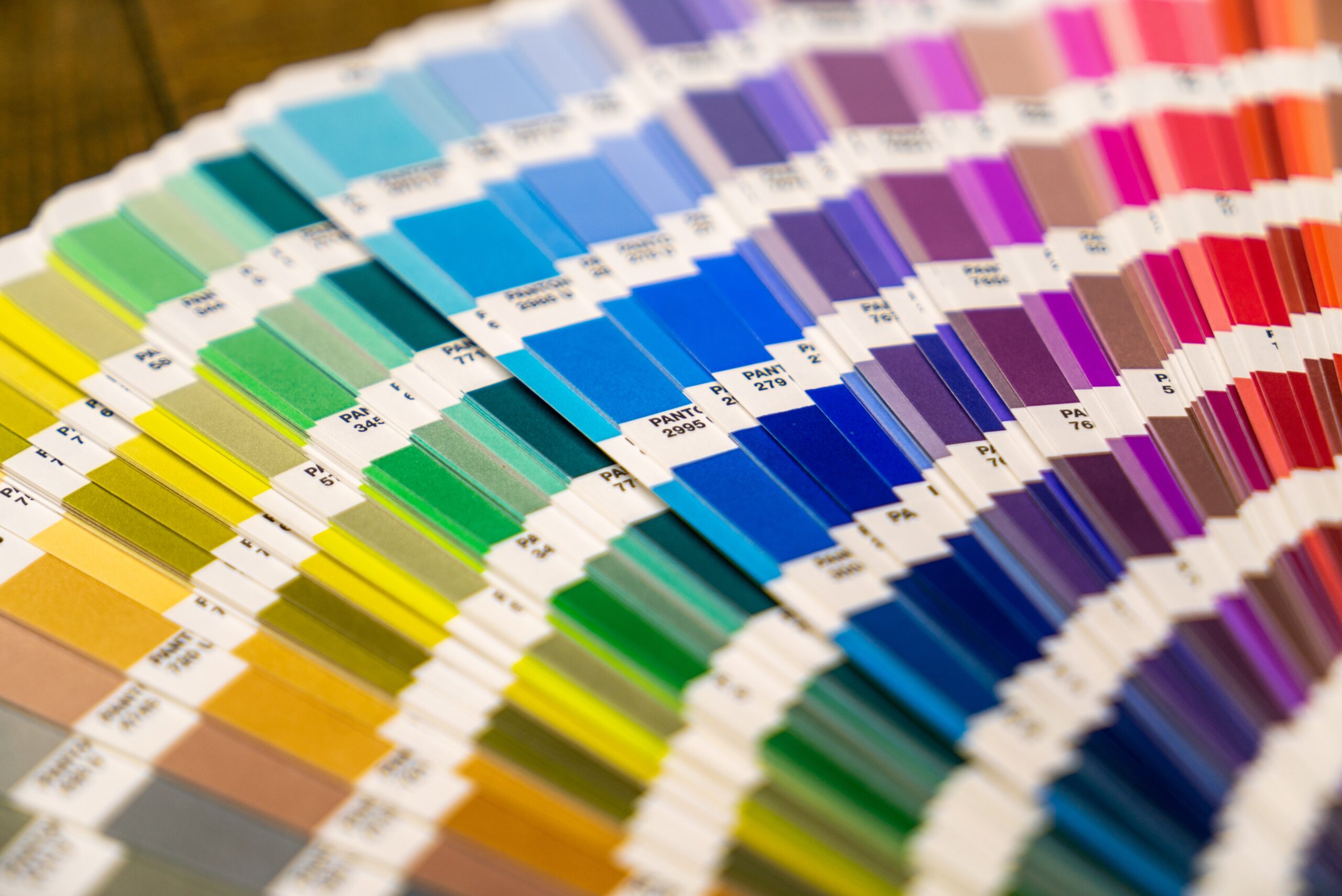No, we’re not referring to the printed matter in small type. We’re talking about the fine art of print, ink on paper, the moveable type that shares information quickly and helped shape our history.
Okay, okay without sounding too esoteric, the question continues to be: to print, or not to print amidst a wide range of traditional and non-traditional media.
The research is clear: print marketing outperforms other forms of marketing and can generate even greater results when used in combination with other media. Hint: the key is how our brains capture and process information:
1. Reading on Paper is Slower and Deeper
When people read content online, they tend to read very quickly, skimming the information for key ideas. In contrast, when people read information on paper, they read slower and more deliberately, allowing them to take in more information and understand it at a deeper level.
2. Paper-Based Reading is More Focused
Frequent interruptions from advertisements, notifications, applications and other on-screen components make it difficult for readers to focus on the material. Print materials don’t offer the same distractions, meaning readers can stay focused on the content.
3. Print Readers Comprehend and Remember More
Being able to slow down and focus while reading means print readers achieve better comprehension and recall than those who read the same material online. Studies have found that the multisensory experience of holding and manipulating paper while reading helps form connections between the content and more abstract ideas.
4. Print Marketing Makes Products More Desirable
Multisensory connections also make it easier for readers to visualize doing, feeling and experiencing the concepts, situations or products they are reading about, especially in advertisements. This can increase affinity for the brand or products being advertised. Digital-only campaigns do not generate the same response.
5. Print Leads to Purchases
Increase in brand favorability and purchase intent via print magazine ad exposure is seven percentage points greater than through online advertising, and three percentage points greater than television advertising. Brand favorability and purchase intent are the metrics most closely connected with purchasing behavior.
6. Print Works in Combination with Other Platforms
Print can help boost results when used in combination with one or more other channels. Combining print and television advertising can produce results two times greater than television and online combined. The combination of all three types of media can produce even better results, furthering the idea that print is a cornerstone media that drives results.
7. Print Boosts Recall of Other Media
People better recall television advertisements when print ads are part of the overall campaign. They are better able to associate brands with advertising messages when exposed to print.
8. Print Continues to Raise Awareness Over Time
Television and online campaigns show diminished returns after four exposures. Print marketing, on the other hand, continues to improve ad awareness and persuasion at five or more exposures. That makes print an ideal platform for long-term campaigns.
As a leading print, mail and marketing partner, we acknowledge that we are an advocate for paper. However, we also recognize the role paper plays in creating a rich multi-media experience that spans print, social media, video, online and other channels. Print can drive people offline, online, with augmented reality and QR codes — things that didn’t exist in the past. They all work together to enrich the experience for readers and generate greater ROI for marketers.
And those are results worth the paper they are printed on.






